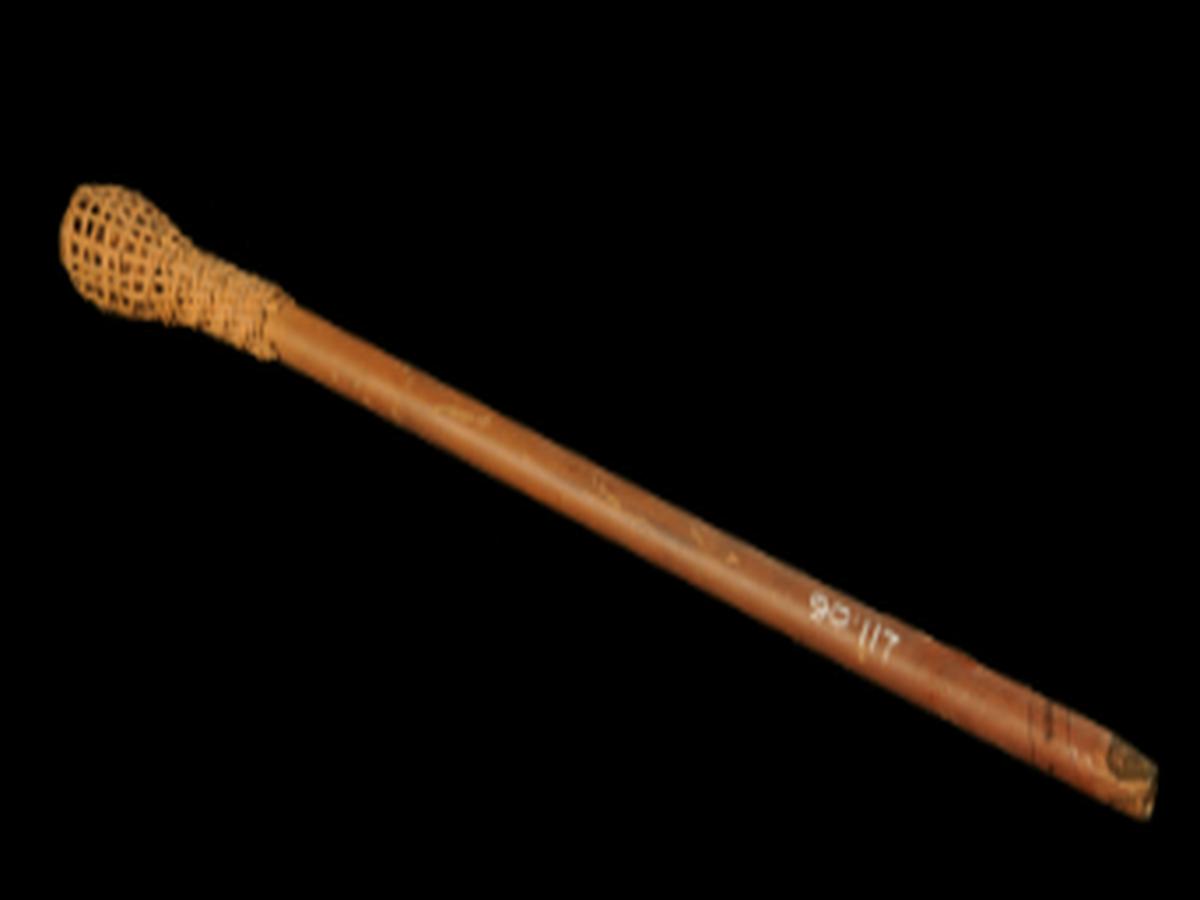State
Tribe Name
Art Type
short description
The Angami Naga tribe, one of the most important Naga communities in Nagaland, India, has produced this traditional cane pipe with removable filter as a useful and dexterous piece of craft. Made from locally gathered cane, it reveals the tribe's ancient wisdom concerning natural materials and their application in everyday life. The pipe is made from hallow portions of cane, suitable for a smooth passage for either smoke or vapor. An intricately woven straining device, made of cane strips half-split into very fine pieces, is affixed to it for the primary purpose of filtering dirt. The strainer can be detached, facilitating its cleaning or replacement—a feature the designers very much considered, and the functionality of which truly does testify to the tribe's utilitarian worldview.
Thumbnail

Filter Postion
Left
Filter Background
Off
Theme
Filter Header Image

content
Image

description
The Angami Naga tribe, one of the most important Naga communities in Nagaland, India, has produced this traditional cane pipe with removable filter as a useful and dexterous piece of craft. Made from locally gathered cane, it reveals the tribe's ancient wisdom concerning natural materials and their application in everyday life. The pipe is made from hallow portions of cane, suitable for a smooth passage for either smoke or vapor. An intricately woven straining device, made of cane strips half-split into very fine pieces, is affixed to it for the primary purpose of filtering dirt. The strainer can be detached, facilitating its cleaning or replacement—a feature the designers very much considered, and the functionality of which truly does testify to the tribe's utilitarian worldview.
Traditionally, such cane pipes are ceremonially or in personal rituals used to smoke local herbs or blends of tobacco. The detachable strainer also hints at the possibility of the same pipe being used interchangeably for other organic substances frankly epitomizing the sustainable and multiple-use philosophy embraced by Naga tribal tools. The cane pipe represents not only a useful article but also one that expresses the Angamis' aesthetics of craftsmanship-simple yet scientific, traditional yet modern. Therefore, it symbolizes the Angami's material culture, spirit of innovation, and ecological sensibility.
Traditionally, such cane pipes are ceremonially or in personal rituals used to smoke local herbs or blends of tobacco. The detachable strainer also hints at the possibility of the same pipe being used interchangeably for other organic substances frankly epitomizing the sustainable and multiple-use philosophy embraced by Naga tribal tools. The cane pipe represents not only a useful article but also one that expresses the Angamis' aesthetics of craftsmanship-simple yet scientific, traditional yet modern. Therefore, it symbolizes the Angami's material culture, spirit of innovation, and ecological sensibility.
Image Mode
landscape
promoted
On
Verified
Off
